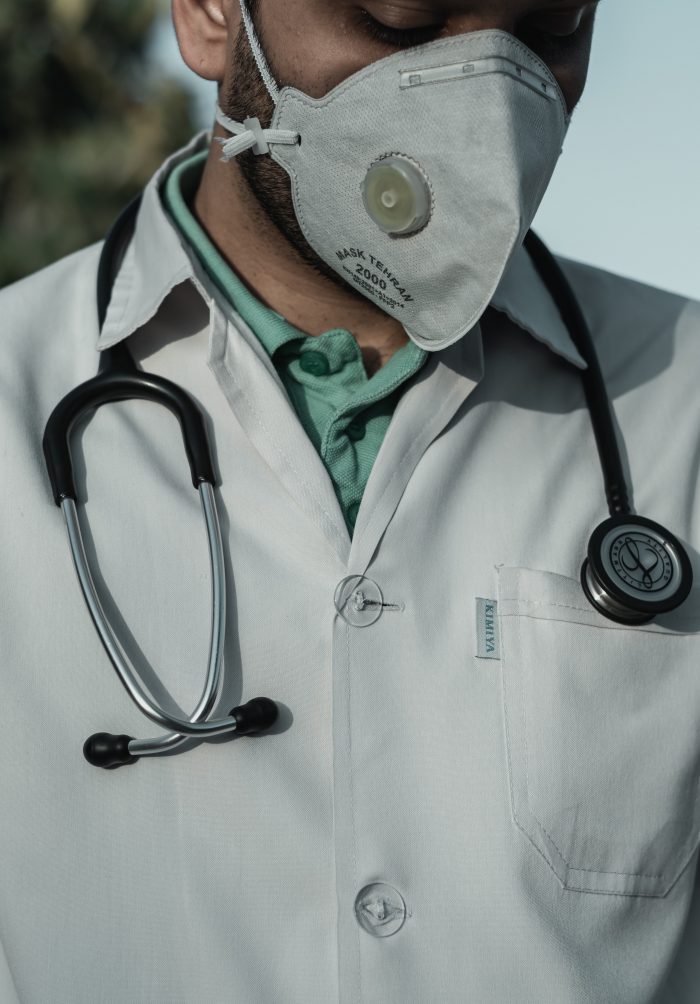The COVID-19 pandemic has impacted everyone in America to some degree, and differently in each case. Californians are just beginning to see an easing of restrictions, as things have started to return to usual following Governor Newsom’s recent loosening of requirements for reopening. And while many people are cautious about the prospect, entire demographics depend upon certain services being operational. One of those is a group of people struggling with substance abuse.
These individuals have had quite a dilemma on their hands. Most drug and alcohol treatment providers have remained open during the pandemic, considered an essential service. That doesn’t mean it’s been safe for people to go to facilities that aren’t set up to withstand a viral pandemic like this.
Like nearly everything in American healthcare, drug rehabs are just about the worst places when it comes to social distancing.
The entire model is based around communal living and group meetings. It’s a catch-22 since people’s lives depend upon these services, which put them at high risk of getting COVID-19.
So, most people with addiction issues either left treatment when the pandemic struck or delayed their plans if they hadn’t entered rehab yet. The stress of losing employment, isolation, concern about the future, whatever it is for each person, can lead anyone to maladaptive coping patterns. People with substance use disorder already have a potent coping mechanism in drugs, so it’s not surprising that for many, drug use increased during these times. For those in recovery, this, unfortunately, has meant relapse for many. And for those with no previous history of substance abuse, it would not be surprising to discover that they had begun using drugs or alcohol during the pandemic and now have an addiction.
But is it safe to seek treatment yet? Outpatient treatment allows a person to continue to live at home but attend regular sessions at the facility. This would be a preferable arrangement for someone who didn’t need detox services or has already completed inpatient treatment.
Other options have emerged out of desperation as providers, and public health officials have tried to keep up with reports of increases in overdose deaths across the country. For the first time, Medicaid is allowing payment for the use of telehealth services in the field of substance abuse treatment. Private insurance companies are making the same move, hoping to create accessibility for their clients in need of rehabilitation services. This means more options for people to get some help, even if it isn’t as effective as face-to-face methods.
The pandemic has forced many to adapt to a virtual, work-from-home era they previously hadn’t experienced. So, it’s no surprise to be seeing local Alcoholics Anonymous groups going virtual with Zoom hosted 12-step meetings and other encouraging signs of creativity. But it’s important that going forward we don’t sacrifice convenience for effectiveness is a field that already needs all the help it can get. The technology has been there, so there’s a reason that restrictions have prevented their use in the past. There are obvious concerns over the safety and efficacy of allowing the treatment industry to go down the virtual road. But at this time, it’s clear everyone agrees that any help is better than none.











Read 0 comments and reply